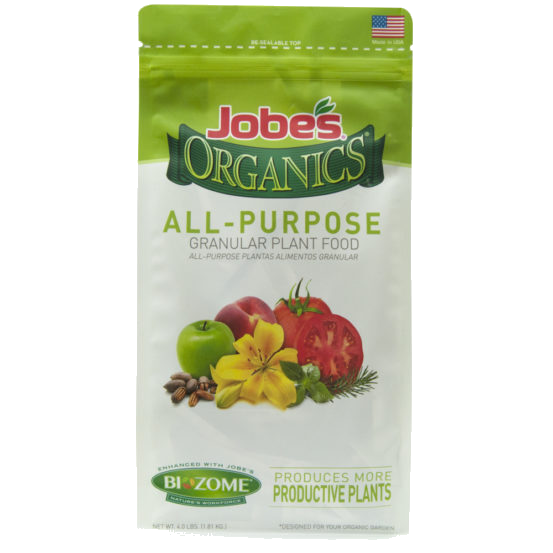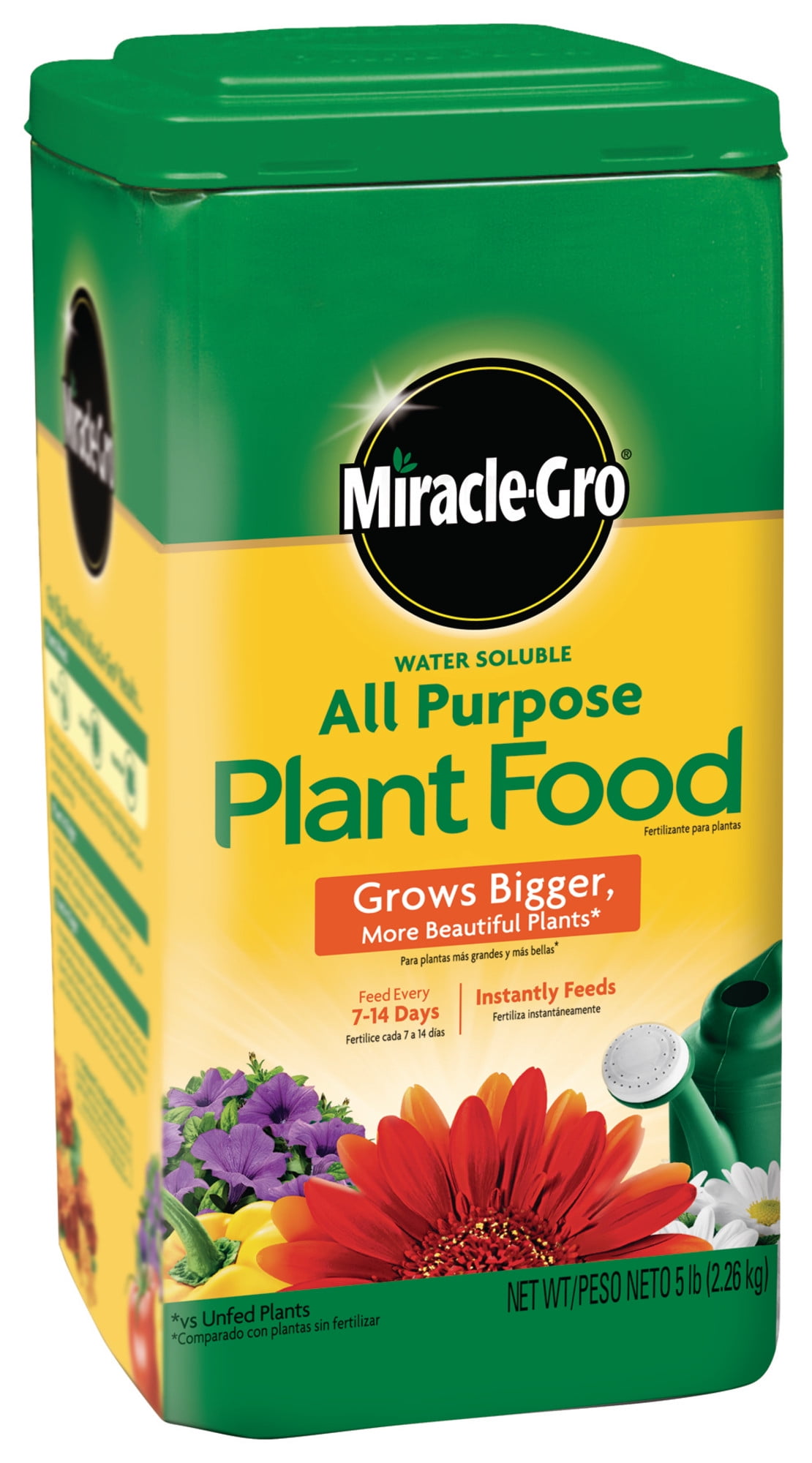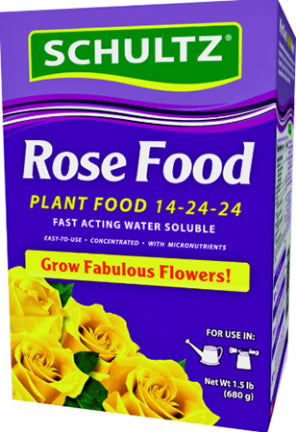The Best Fertilizer For Hibiscus Flowers In
Title: The Best Fertilizer for Hibiscus Flowers in [Your Location]
Introduction:
Hibiscus flowers are beautiful and colorful blooms that can add a touch of tropical elegance to any garden. However, in order to produce their best blooms, hibiscus plants need to be fertilized regularly. The best fertilizer for hibiscus flowers will vary depending on the type of hibiscus plant you have, the climate you live in, and the soil quality in your garden. In this blog post, we will discuss the different types of fertilizers that are available for hibiscus plants, as well as the best time of year to fertilize your hibiscus plants. We will also provide some tips on how to avoid over-fertilizing your hibiscus plants.
Main Content:
There are two main types of fertilizers that are available for hibiscus plants: water-soluble fertilizers and slow-release fertilizers. Water-soluble fertilizers are dissolved in water and applied to the soil around the hibiscus plant. They provide a quick burst of nutrients, but they need to be applied more frequently than slow-release fertilizers. Slow-release fertilizers are made up of small granules that release nutrients over time. They are less likely to burn the roots of your hibiscus plant, and they only need to be applied once or twice a month.
The best type of fertilizer for your hibiscus plant will depend on your individual circumstances. If you live in a warm climate and your hibiscus plant is growing in well-drained soil, you may be able to get away with using a water-soluble fertilizer once a week. If you live in a cooler climate or your hibiscus plant is growing in poor soil, you may need to use a slow-release fertilizer once a month.
In addition to the type of fertilizer, you also need to consider the nutrient content of the fertilizer. Hibiscus plants need a high amount of nitrogen, as well as some potassium and phosphorus. A good fertilizer for hibiscus plants will have an NPK ratio of 10-4-8 or higher.
No matter what type of fertilizer you choose, it is important to follow the directions on the label carefully. Over-fertilizing your hibiscus plant can cause the leaves to yellow and fall off, and it can even kill the plant.
Conclusion:
By following the tips in this blog post, you can help your hibiscus plants grow healthy and produce beautiful blooms. Remember to choose the right type of fertilizer for your hibiscus plant, and to fertilize it at the right time of year. With a little care and attention, your hibiscus plants will thrive for years to come.
Hibiscus plants need fertilizer to thrive. The best fertilizer for hibiscus will have a high nitrogen and potassium content, and a low phosphorus content. You can find hibiscus fertilizer at most garden stores.
Here are a few of the best hibiscus fertilizers on the market:
- Miracle-Gro Water Soluble Bloom Booster® Flower Food is a water-soluble fertilizer that is easy to use and provides your hibiscus plants with the nutrients they need to bloom.
- Espoma Flower-Tone® Plant Food is an organic fertilizer that is safe for use around children and pets. It is also a slow-release fertilizer, so you do not have to fertilize your hibiscus plants as often.
- Dr. Earth Bud & Bloom Hibiscus Fertilizer is a high-nitrogen fertilizer that is specifically formulated for hibiscus plants. It also contains beneficial microbes that can help to improve the health of your plants.
To find out more about the best fertilizer for hibiscus, visit Home Gardening.
FAQ of best fertilizer for hibiscus
- What is the best fertilizer for hibiscus?
Hibiscus plants need a fertilizer that is high in nitrogen and potassium, with a lower phosphorus content. A good NPK ratio for hibiscus fertilizer is 12-4-8 or 10-10-10. You can find hibiscus fertilizer at most garden centers.
- What are the benefits of using a slow-release fertilizer for hibiscus?
Slow-release fertilizers release nutrients over a period of time, which helps to prevent the roots from burning. They are also less likely to leach out of the soil, which can pollute waterways.
- How often should I fertilize my hibiscus?
Hibiscus plants should be fertilized every two weeks during the spring and summer months. In the fall and winter, you can fertilize once a month.
- How much fertilizer should I use?
The amount of fertilizer you use will depend on the size of your hibiscus plant. A good rule of thumb is to use a quarter-cup of fertilizer per square foot of plant.
- What are the signs of over-fertilizing hibiscus?
Over-fertilizing hibiscus can cause the leaves to turn yellow or brown, and the plant may stop blooming. If you think you may have over-fertilized your hibiscus, flush the soil with water to remove excess fertilizer.
- What are some organic fertilizers that are good for hibiscus?
There are many organic fertilizers that are good for hibiscus. Some popular options include compost, manure, and fish emulsion. Organic fertilizers are a good choice for hibiscus because they are slow-release and will not burn the roots.
Image of best fertilizer for hibiscus
- Espoma Hibiscus Plant Food

- Jobe's Organics All Purpose Fertilizer

- Miracle-Gro Shake-and-Feed Water Soluble Plant Food

- Schultz Garden Formula Hibiscus Plant Food

- Osmocote Hibiscus Plant Food

- Espoma Rose Tone

- Jobe's Organics Flower and Vegetable Fertilizer

- Miracle-Gro Water Soluble All Purpose Plant Food

- Schultz Garden Formula Rose and Flower Food

- Osmocote Rose and Flower Food
Post a Comment for "The Best Fertilizer For Hibiscus Flowers In "